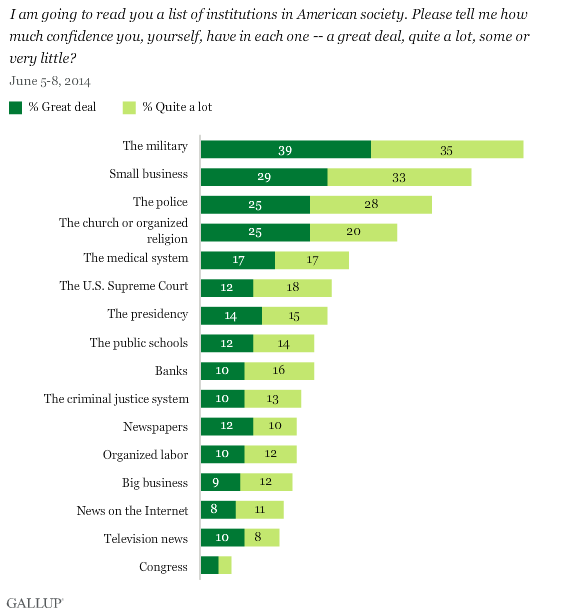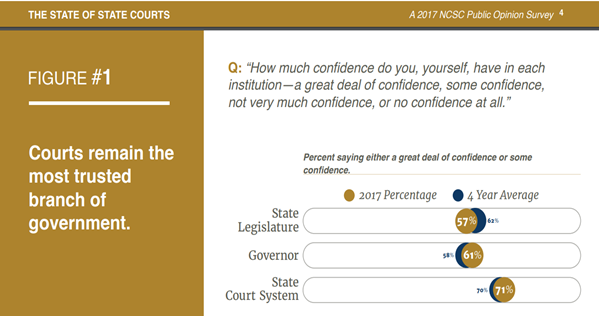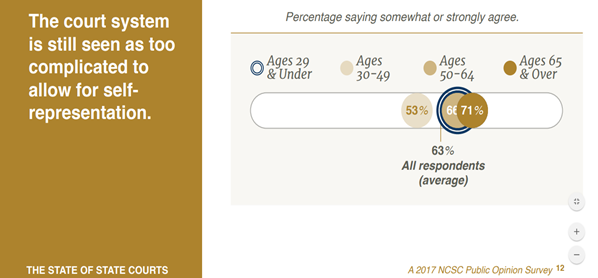Understanding Blockchain and its Impact on Legal Technology, Part Six
Editor’s Note: Tom O’Connor is a nationally known consultant, speaker, and writer in the field of computerized litigation support systems. He has also been a great addition to our webinar program, participating with me on several recent webinars. Tom has also written several terrific informational overview series for CloudNine, including his most recent one, Will Lawyers Ever Embrace Technology?, which we covered as part of a webcast on November 28 of last year. Now, Tom has written another terrific overview regarding blockchain and legal technology titled Understanding Blockchain and its Impact on Legal Technology that we’re happy to share on the eDiscovery Daily blog. Enjoy! – Doug
Tom’s overview is split into six parts, so we’ll cover each part separately. Part one was last Monday, part two was last Wednesday, part three was last Friday, part four was this Monday and part five was this Wednesday, here’s the sixth and final part.
Conclusions
So, where do we go from here from a legal technology standpoint? Let’s take a look at some current developments.
Current Developments
Much of the momentum that I saw gathering at ILTACON17 led to the establishment of the Global Legal Blockchain Consortium. Members of the consortium include the law firms Baker Hostetler and Orrick, as well as IBM Watson Legal. Their goal is to explore how blockchain technology can solve real-world legal problems as well as drive the adoption and standardization of blockchain in the legal industry.
The consortium is not the only such effort. The Enterprise Ethereum Alliance (EEA), a cross-industry collaborative blockchain consortium aiming to leverage open-source Ethereum technology for enterprise solutions, has a” Legal Industry Working Group”. Members of that group include Cooley, Debevoise & Plimpton, Goodwin, Hogan Lovells, Holland & Knight, Jones Day, Latham & Watkins, Morrison & Foerster, Perkins Coie, Shearman & Sterling, Cardozo Law School, Duke Center on Law & Technology, and the Department of Legal Studies and Business Ethics at the University of Pennsylvania’s Wharton School.
The consortium held a kick-off event called the MIT Legal Forum on AI + Blockchain in the fall of 2017. Although that effort appears to have slowed in 2018, ongoing efforts can be monitored on the EEA site. For a more in-depth report on the subject, see Bob Ambrogi’s “Law Sites” blog post
Final Thoughts
It’s clear that blockchain has become a breakthrough topic and I expect to see much more development for legal applications in the near future. One of the challenges is how middle market clients which do not have the extensive systems that a large company might have can effectively leverage this technology and Grant Thornton is one of the players focused on this market.
Proponents will have to continue their efforts to lower uncertainty about blockchain systems stability and increase its profile as a serious business tool. I expect to see both of those occur as the year continues.
So, what do you think? Do you better understand blockchain now and how it can impact the legal profession? We hope so! And, as always, please share any comments you might have or if you’d like to know more about a particular topic.

Sponsor: This blog is sponsored by CloudNine, which is a data and legal discovery technology company with proven expertise in simplifying and automating the discovery of data for audits, investigations, and litigation. Used by legal and business customers worldwide including more than 50 of the top 250 Am Law firms and many of the world’s leading corporations, CloudNine’s eDiscovery automation software and services help customers gain insight and intelligence on electronic data.
Disclaimer: The views represented herein are exclusively the views of the author, and do not necessarily represent the views held by CloudNine. eDiscovery Daily is made available by CloudNine solely for educational purposes to provide general information about general eDiscovery principles and not to provide specific legal advice applicable to any particular circumstance. eDiscovery Daily should not be used as a substitute for competent legal advice from a lawyer you have retained and who has agreed to represent you.









